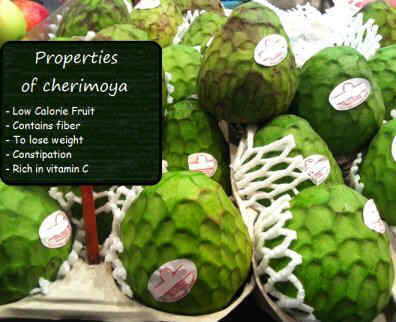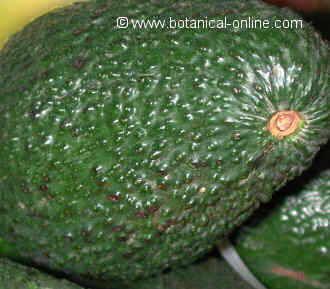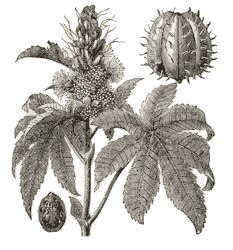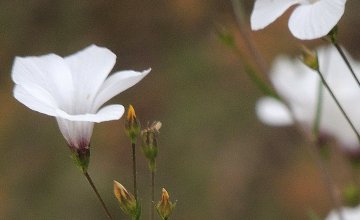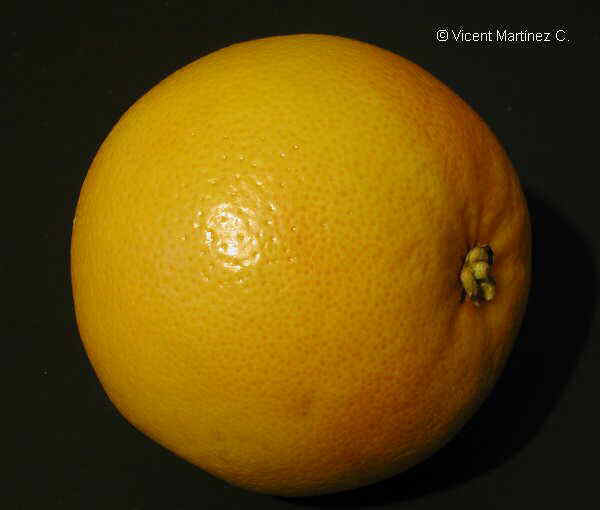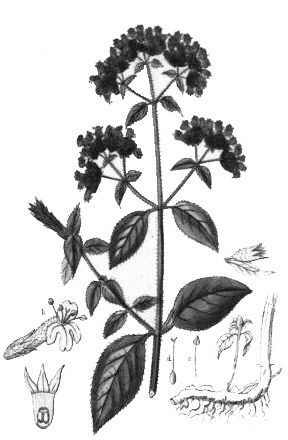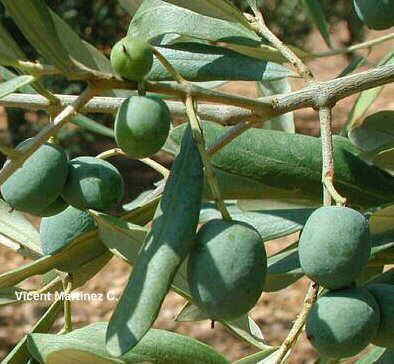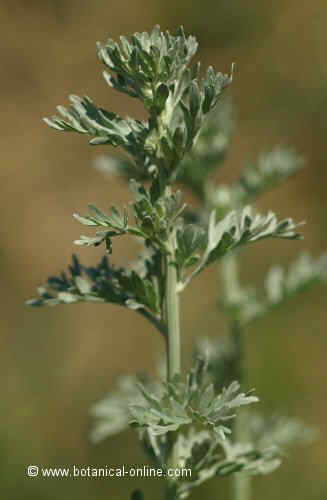Contents
Properties of woundwort (Anthyllis vulneraria)
MEDICINAL PROPERTIES OF WOUNDWORT
The scientific name “Vulneraria” comes from the Latin “vulnus”, which means “wound” and which refers to the traditional use that this plant has had to heal wounds. Nowadays, those remedies that promote wound healing are generally known as Vulnerary.
Although it does not appear very documented, we can find some references to its properties and uses. Philip Miller in his Gardeners dictionary (1835), writes:
| “Anthyllis Vulneraria is recommended as an excellent pasture for sheep. Mr. Young informs us that it is very abundant in the best grasslands of the Pyrenees, at the same time he says that the product does not grow large with us. The whole plant is dry and is perceived as astringent. However, this is because it is affected by the dryness of the calcareous soils where it is grown. In rich soil it would undoubtedly be more succulent, although probably never a rival to several other legume plants. It has been confused by agricultural writers with birdsfoot deervetch (Lotus corcinulatus) and with wild licorice (Astragalus glycyphyllos). Gesner seems to have first raised the report of the properties of this vulnerary plant that perhaps, like other mild applications, can in an emergency stagnate the blood of rustic wounds and in a good constitution perfect a cure. |
At present, we can mention the following medicinal uses:
EXTERNAL USE
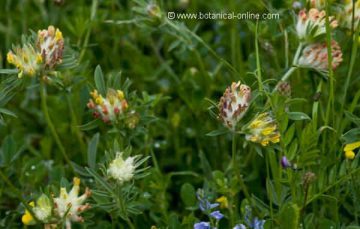
Woundwort is used mainly in external use as an effective remedy to stop bleeding, help heal and prevent wound infection. It can be used to treat the following abnormalities:
- Wounds: For wounds or sores the decoction of the fresh leaves is used (Decoction of 50 g of fresh plant per liter of water. Wash the wounds or sores with the liquid resulting from the decoction)
- Burns: The above treatment is equally effective in the case of burns caused by fire or in the case of sunburn. (Apply a sterilized gauze wet with the decoction of fresh leaves on the burned area)
- Sprains, dislocations, strains, muscle tears, blows, etc : Applied as a poultice on a sore muscle area, it favors its healing. (Crush the leaves of the fresh plant. Place on a gauze and apply over the affected area)
INTERNAL USE
In internal use the dried flowers are used. In this case, it is considered to have diuretic, depurative, laxative and antitussive properties. It can be used to treat the following conditions:
- Fluid retention: The diuretic properties of woundwort can be useful to eliminate fluid retention from the body. Indirectly, its ability to increase urine output can help treat diseases such as arthritis, obesity, or gout. (Infusion of a teaspoon of dried flowers per cup of water. Take three cups a day)
- Constipation: The previous treatment has laxative properties that can be useful in case of constipation.
- Cough: This plant is rich in mucilages that have softening properties for the respiratory mucosa. It can be used in cases of dry cough, or caused by colds, bronchitis, etc.
- Antiemetic: The mucilages of woundwort also exert a softening function of the gastric mucosa, preventing the appearance of vomiting or nausea in irritated stomachs. (Infusion of a teaspoon of dried flowers per cup of water. Take 2 cups a day).
- Purification of the blood: The previous treatment can be taken to purify the blood, after an illness or in spring cures. (Infusion of a teaspoon of dried flowers per cup of water. Take 1 cup a day sweetened before having breakfast).
OTHER USES OF THE PLANT
- Animal feed: This plant is used as pasture or forage in animal feed, especially for sheep. Its use in calcareous alpine pastures is wide.
![]() More information on other plants
More information on other plants

